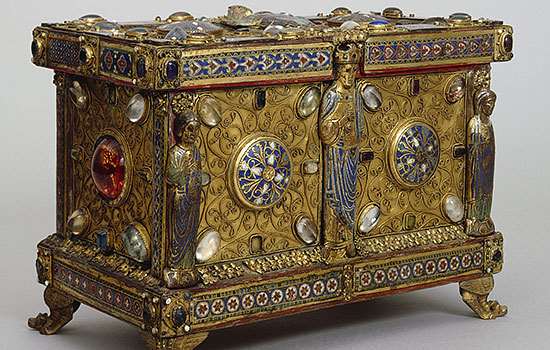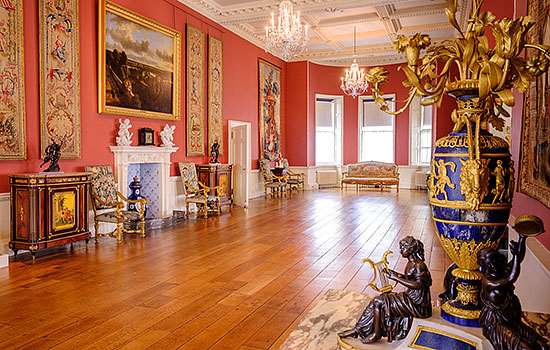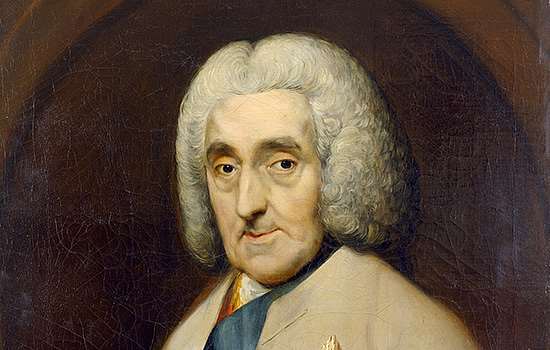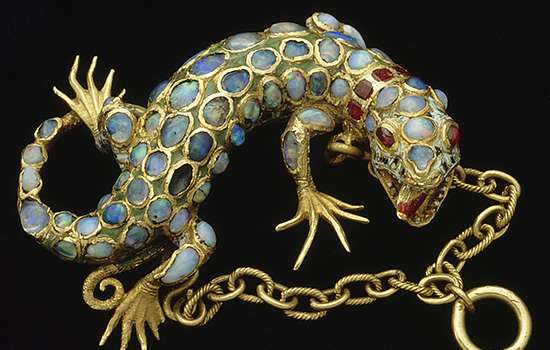Star object
Tabernacle cabinet
- Unknown maker
- 1579
- Iron, silver and gold
- Milan, Italy
This cabinet served as a container for sacred communion wafers in the Roman Catholic tradition. What makes it remarkable is its imposing size and impressive gold and silver decoration. The goldsmith who created it used the techniques of iron forging and damascening – inlaying metal into metal – to create a highly intricate design. Around the sides are narrative scenes mainly from the New Testament, while at the pinnacle stands a figure of Christ.
The cabinet’s interior is as extraordinary as the exterior. Within the dome is a small 24-hour clock (lower image), with an engraved dial and concentric inner rings to indicate the month and date, while inside the main carcass are three drawers and two chambers that are concealed by relief panels. These swing open to reveal a fine inset mirror and a deeper chamber, all of which are engraved with further biblical images.
Artists and makers
Oval dish with moulded eel, fish and crab
- Bernard Palissy
- 1565–75
- Lead-glazed ceramic
- France
The surprisingly lifelike creatures on this dish derive directly from nature – they were crafted by casting shapes of plants and animals in moulds taken from real-life examples. It was the celebrated French Renaissance artist Bernard Palissy who pioneered the application of this cast-from-nature technique onto ceramics, a technique previously used mainly by goldsmiths. Palissy’s works are known as rustiques figulines (rusticware).
Palissy was deeply interested in the technical possibilities of ceramics. He studied the science of glazes and spent years perfecting the modelling and firing of his pieces, often running into serious financial difficulties. However, eventually his innovations attracted prestigious and influential patrons, notably Catherine de’ Medici, an Italian noblewoman who became Queen of France.










